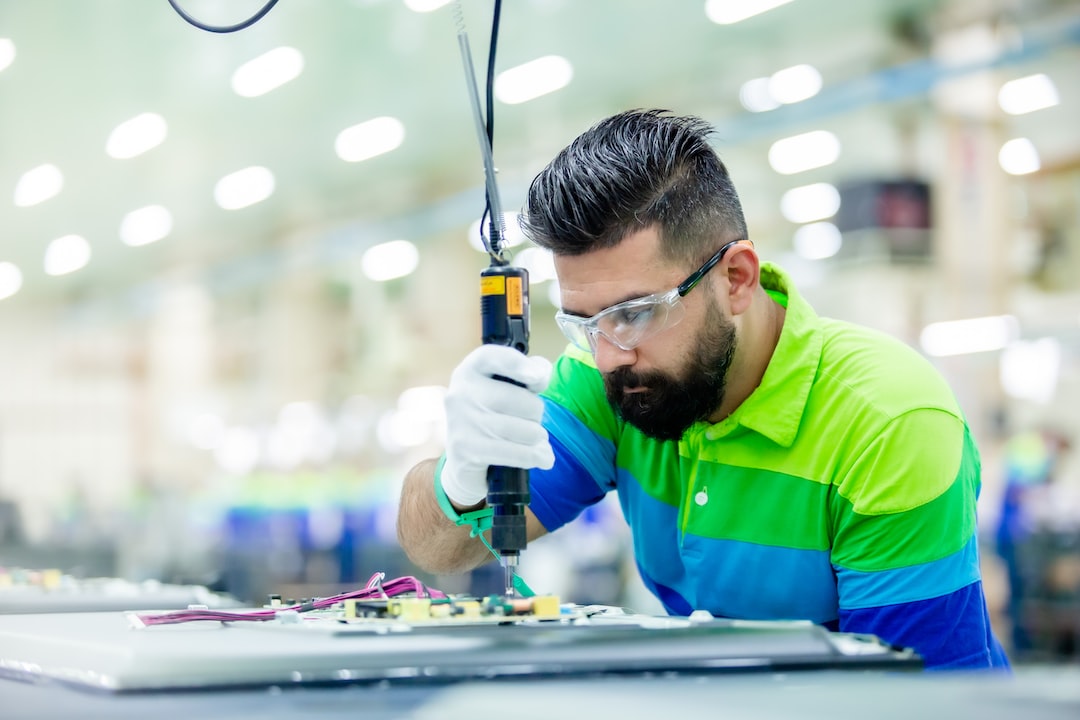Exploring the Role of Virtual Reality in Manufacturing Design and Prototyping
The world of manufacturing has seen incredible advancements in recent years, with technologies like virtual reality (VR) playing a significant role in shaping the future of design and prototyping. From increasing efficiency to enhancing collaboration, VR has proven to be a game-changer for manufacturers looking to streamline the design process and create innovative products. In this blog post, we will delve into the role of VR in manufacturing design and prototyping, discussing its benefits and potential applications.
Virtual reality technology allows designers and engineers to create and manipulate three-dimensional models in a virtual environment. By wearing a VR headset, users can immerse themselves in a virtual world that replicates real-world conditions. This technology provides manufacturers with a unique opportunity to visualize, interact with, and make changes to their designs before they are physically created.
One of the key advantages of using VR in manufacturing design is the ability to explore designs in a more realistic and immersive manner. Traditional 2D design sketches or computer-aided design (CAD) models may not capture all the details and intricacies of a product. With VR, designers can walk around and examine their virtual creations from different angles, allowing them to identify potential flaws or improvements that may not have been apparent in traditional design methods. This helps in reducing design errors and iterations, saving both time and money.
Additionally, VR allows for real-time collaboration between different stakeholders involved in the design process. Designers, engineers, and other team members can virtually meet in the same virtual environment and work together to evaluate and improve designs. This brings a new level of efficiency and effectiveness to the collaborative design process, eliminating the need for physical prototypes or costly travel expenses. Everyone involved can provide feedback and make changes in real-time, fostering better communication and understanding amongst team members.
Furthermore, VR can enhance the prototyping stage of manufacturing by offering a more cost-effective and accelerated process. With physical prototyping, manufacturers often need to build multiple iterations of a product to test and refine its design. This can be time-consuming and expensive. By utilizing VR, manufacturers can create virtual prototypes and conduct extensive testing before committing to physical production. This not only saves money on material costs but also allows for quick and easy modifications to be made to the virtual model.
Another significant benefit of VR in manufacturing design and prototyping is the ability to simulate real-world environments and conditions. For example, a car manufacturer can create a virtual environment that replicates the interior of a car, allowing designers to test the ergonomics and user experience without the need for a physical vehicle. This helps in ensuring that the final product meets the highest standards of quality and user satisfaction.
Furthermore, VR can be used in training employees on complex manufacturing processes or tasks. By creating virtual environments that mimic real-life scenarios, workers can practice their skills and become proficient before they start working with real machinery or equipment. This reduces the risk of accidents, improves efficiency, and boosts employee confidence. VR-based training can be particularly useful for tasks that require a high level of precision or involve hazardous conditions.
In conclusion, virtual reality has revolutionized the manufacturing industry by providing designers and engineers with a powerful tool for design and prototyping. The immersive nature of VR enables better visualization, collaboration, and simulation, leading to improved designs, reduced errors, and increased efficiency. As the technology continues to evolve, we can expect to see further integration of VR into manufacturing processes, ultimately transforming the way products are designed, developed, and brought to market.

